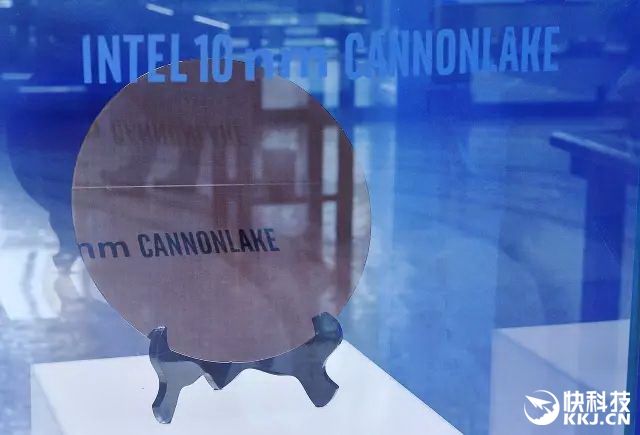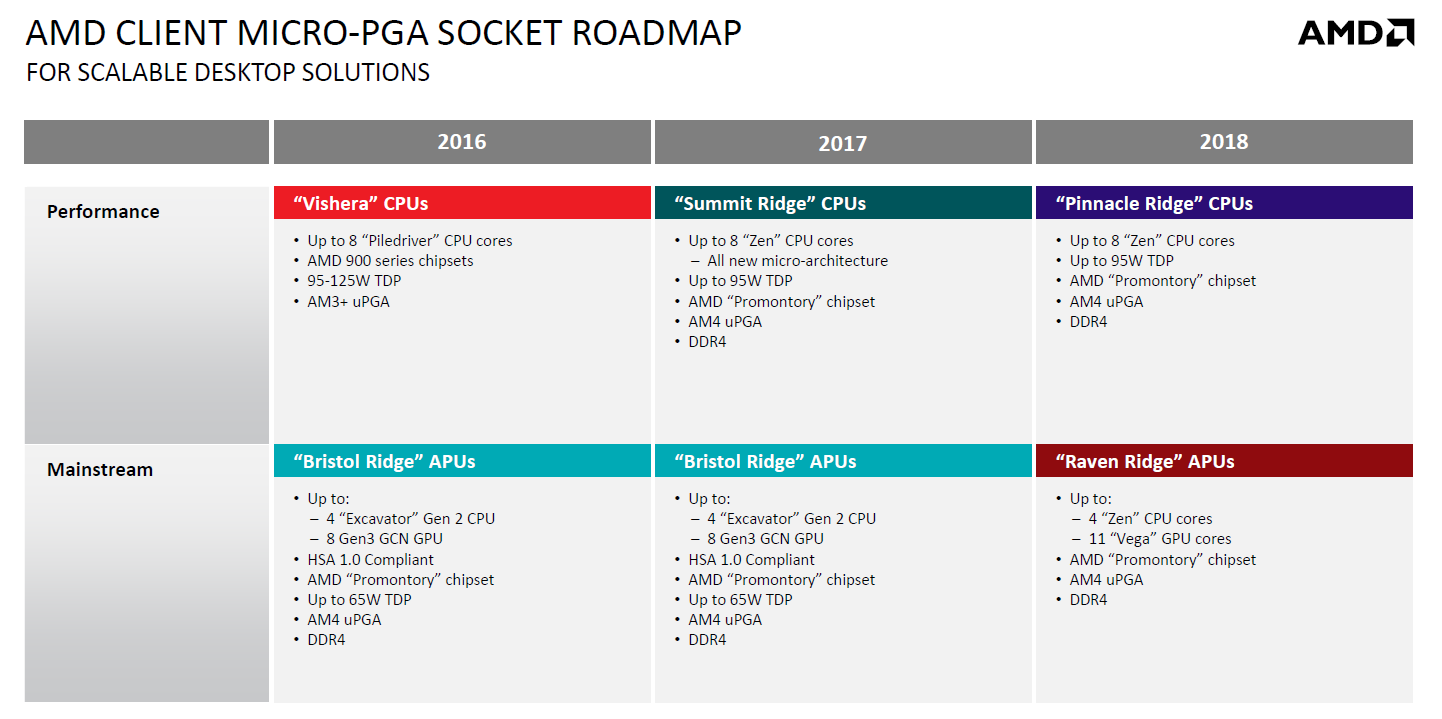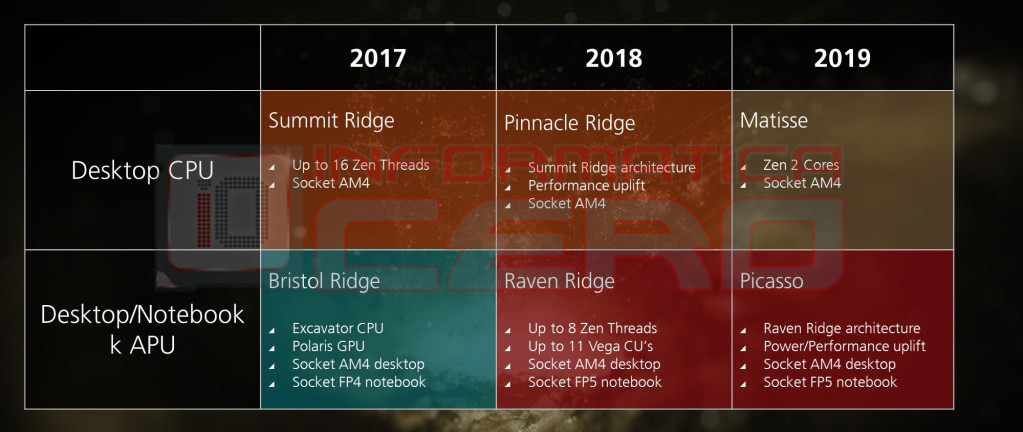I'll never understand the stock market Amd shows 12nm and they won a major deal with tesla and their stock still drops what does it take?
This point i wonder if its even possible for Amd to be at 20$ if zen beat Intel even all around.
Sad that Basically Amd won't have an answer for coffee-lake for a whole year longer besides price cuts.
Edit actually after looking at the rumored pricing for coffee-lake maybe Amd won't have much to worry about 200$ for a unlocked I3(cough cough current I5) lol digital foundry already did a video showing a 1600 at 3.8ghz beating a 4.8ghz I5 in modern titles and the 1600 is about that price and is better in productivity
6 core locked I5 for 285$ that is more then a 1700 which will beat it in productivity and for gaming why would people buy either CPU over the locked I3 coffee-lake or 1600 in most builds. !$400! for the 6 core 12 thread I7 what the heck kind of crap is Intel smoking if true. No word on motherboard prices and if the mid-range socket will allow overclocking.
They really have the chance to knock Amd across the floor and it looks like they are pulling an apple instead
This point i wonder if its even possible for Amd to be at 20$ if zen beat Intel even all around.
Sad that Basically Amd won't have an answer for coffee-lake for a whole year longer besides price cuts.
Edit actually after looking at the rumored pricing for coffee-lake maybe Amd won't have much to worry about 200$ for a unlocked I3(cough cough current I5) lol digital foundry already did a video showing a 1600 at 3.8ghz beating a 4.8ghz I5 in modern titles and the 1600 is about that price and is better in productivity
6 core locked I5 for 285$ that is more then a 1700 which will beat it in productivity and for gaming why would people buy either CPU over the locked I3 coffee-lake or 1600 in most builds. !$400! for the 6 core 12 thread I7 what the heck kind of crap is Intel smoking if true. No word on motherboard prices and if the mid-range socket will allow overclocking.
They really have the chance to knock Amd across the floor and it looks like they are pulling an apple instead






